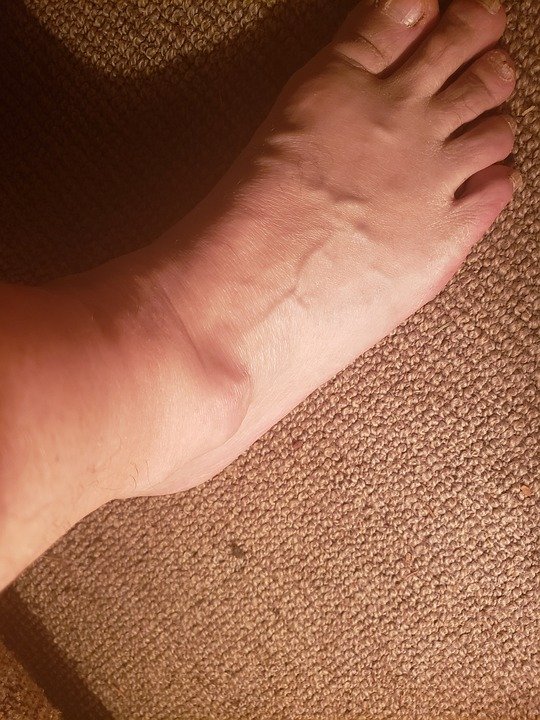
The fibula is one of the two bones located in the lower leg, with the other being the tibia. While the tibia is the larger and weight-bearing bone, the fibula plays an equally important role in the human body. Understanding the function and importance of the fibula can provide valuable insights into the anatomy and mechanics of the lower leg.
Anatomy of the Fibula:

The fibula is a long, slender bone that runs parallel to the tibia on the lateral side of the lower leg. It is connected to the tibia by ligaments and forms part of the ankle joint. The fibula is divided into three main parts: the head, the shaft, and the lateral malleolus.
The head of the fibula is located at the proximal end and articulates with the tibia to form the superior tibiofibular joint. The shaft of the fibula is the long, straight portion of the bone that extends down the lower leg. The lateral malleolus is the bony prominence at the distal end of the fibula that forms the outer part of the ankle joint.

Function of the Fibula:
The fibula plays several important roles in the human body. One of its primary functions is to provide stability and support to the lower leg. While the tibia bears most of the body’s weight, the fibula helps to distribute the forces generated during activities such as walking, running, and jumping.

The fibula also serves as an attachment point for muscles and ligaments that help to move and stabilize the ankle joint. Several important muscles, including the peroneus longus and peroneus brevis, originate from the fibula and play a key role in ankle movement and stability.
In addition, the fibula helps to protect the nerves and blood vessels that run through the lower leg. The bone acts as a barrier to prevent damage to these structures and provides a degree of cushioning and support.
Common Injuries to the Fibula:
Like any bone in the body, the fibula is susceptible to injury. One of the most common types of fibula injuries is a fracture, which can occur as a result of trauma or overuse. Fractures of the fibula can vary in severity, ranging from hairline cracks to complete breaks that require surgical intervention.
Other common injuries to the fibula include sprains and strains, which can occur when the ligaments and muscles surrounding the bone are stretched or torn. These injuries can result from sudden twists or impacts to the ankle joint.
Treatment for fibula injuries typically involves rest, ice, compression, and elevation (RICE), as well as immobilization with a brace or cast. In more severe cases, surgery may be necessary to realign the bone and promote healing.
Understanding the role of the fibula in the human body is essential for healthcare professionals, athletes, and individuals seeking to maintain optimal lower leg function. By knowing the anatomy, function, and common injuries associated with the fibula, we can better appreciate the complexity and importance of this often-overlooked bone.

Discover more from Bibliobazar Digi Books
Subscribe to get the latest posts sent to your email.


